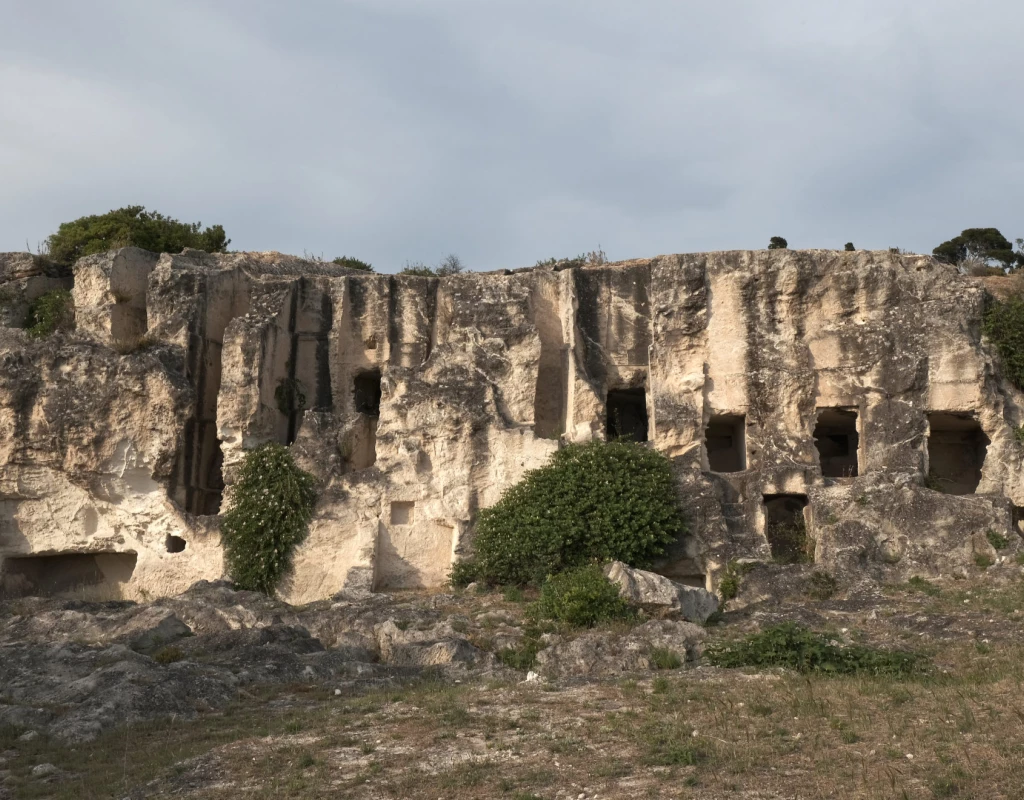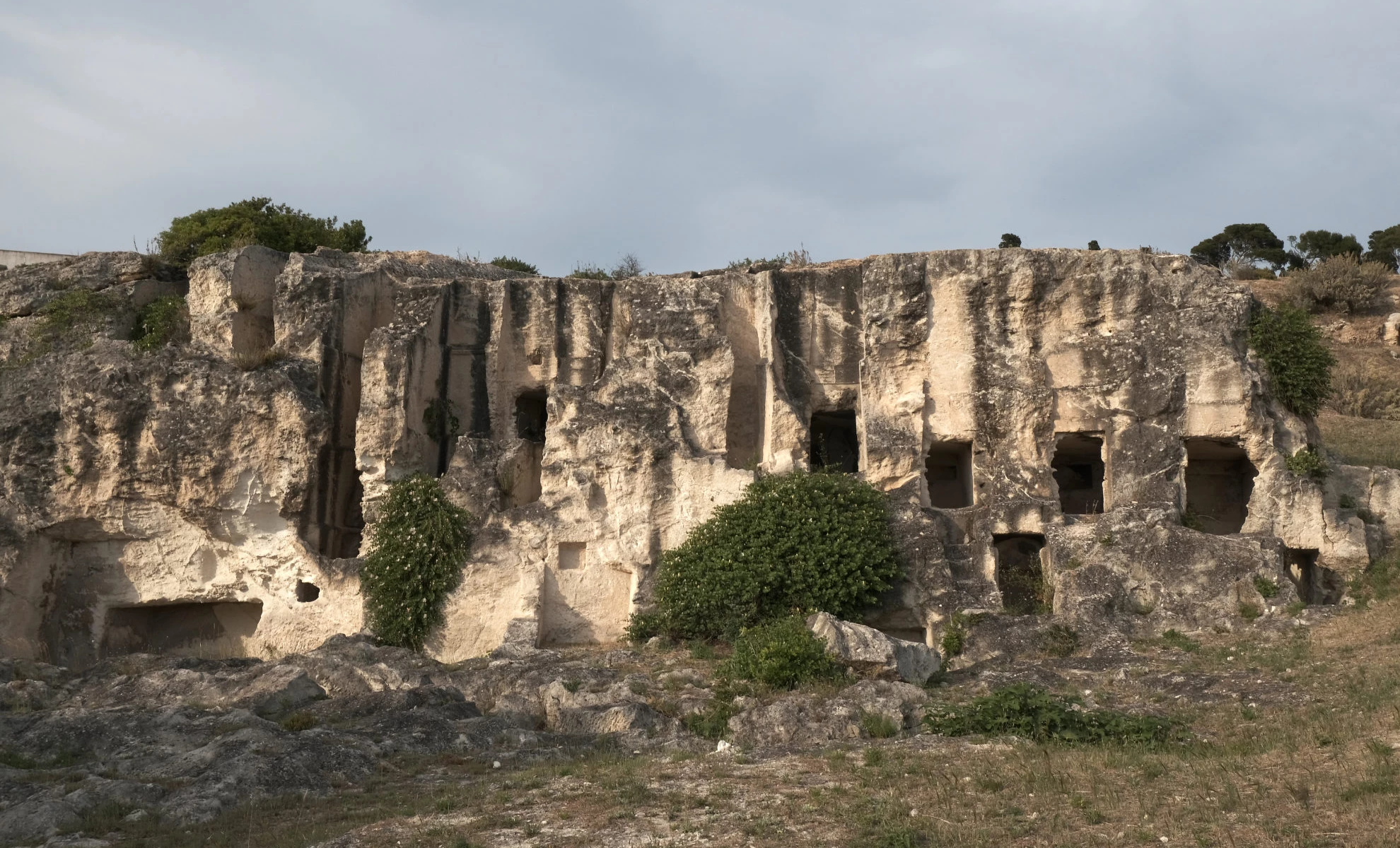The Tuvixeddu Necropolis tells us much more than its limestone rocks reveal. We are talking about the most imposing funerary architecture in the whole Carthaginian world: a sign of how important this area, which corresponds to one of the seven hills on which Cagliari stands, was in the Punic era.
Ph. Carolina Fragapane
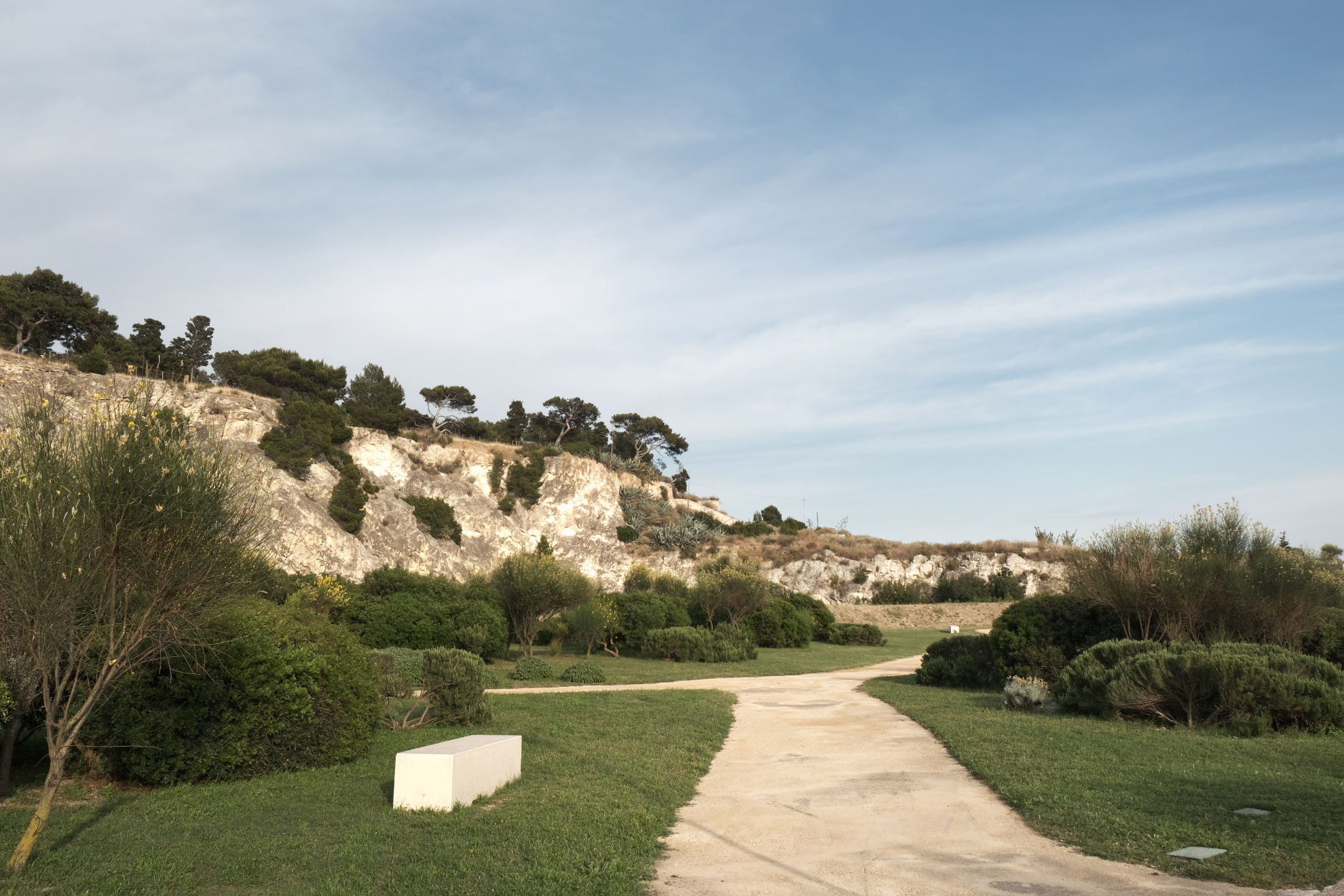
This “city of the dead” was adjacent to an inhabited place that today corresponds to the district of Sant’Avendrace. Even today, from the walkways looking at the profile of the Necropolis, you can see the vertical well tombs in which the dead were buried. As per Carthaginian tradition, they faced their last journey covered with precious jewels full of oriental symbolism: necklaces, scarabs, gold pendants, silver and other precious metals.
Ph. Carolina Fragapane
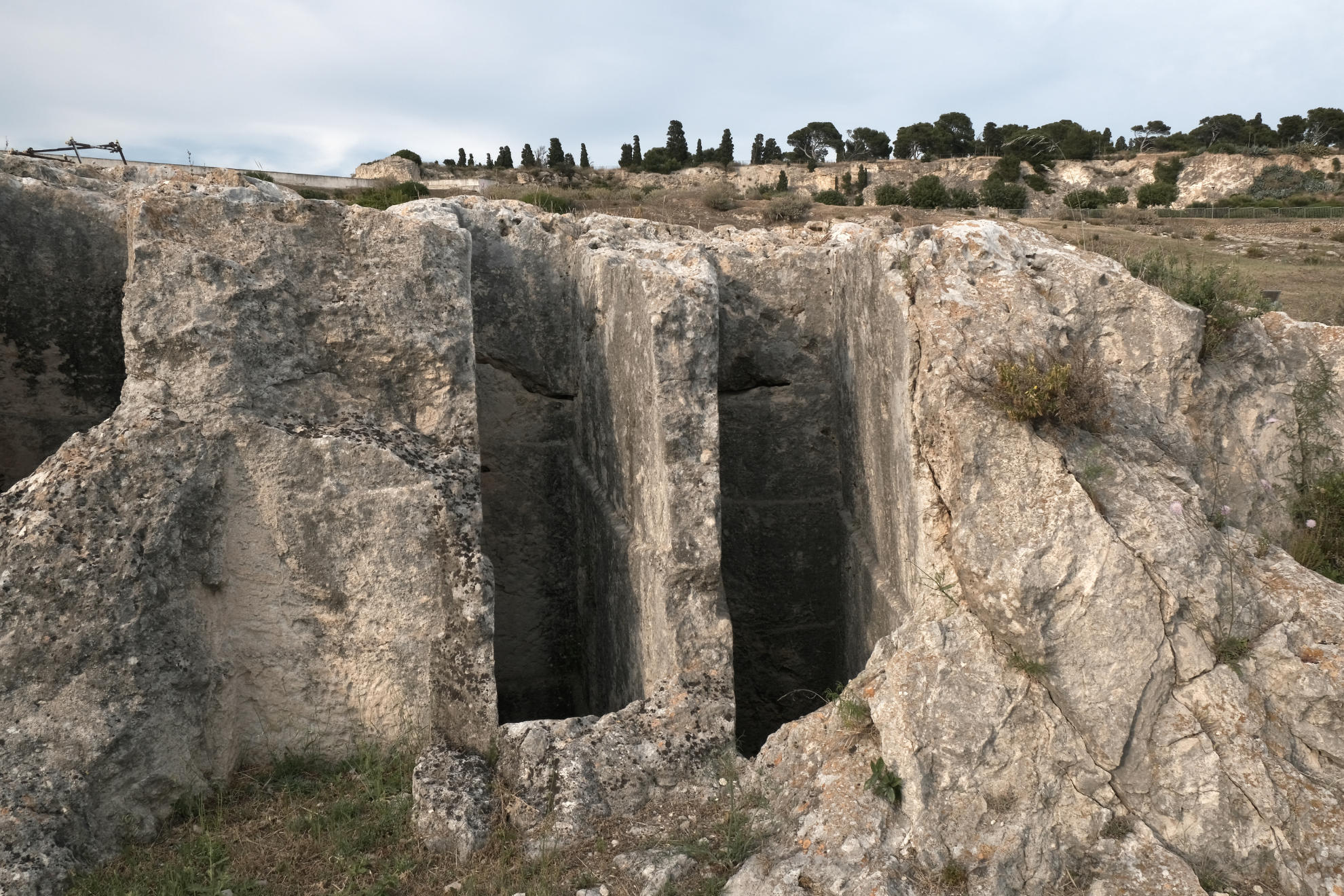
The same name “Tuvixeddu” tells us about these vertical well tombs: Tuvixeddu derives from “Tuvu”, which means “small hole”. A system of tombs used from the 6th to the 3rd century BC, which tells a lot about the uses and customs of the Carthaginian tradition on the journey to the Afterlife.
Over the centuries, in addition to the precious jewels, the excavation campaigns brought to light amphorae, ampoules, weapons, cups, masks, ostrich eggs, coins, statuettes. A symbolic syncretism that recalls that of the Etruscans and of other pre-Roman populations.
Ph. Carolina Fragapane
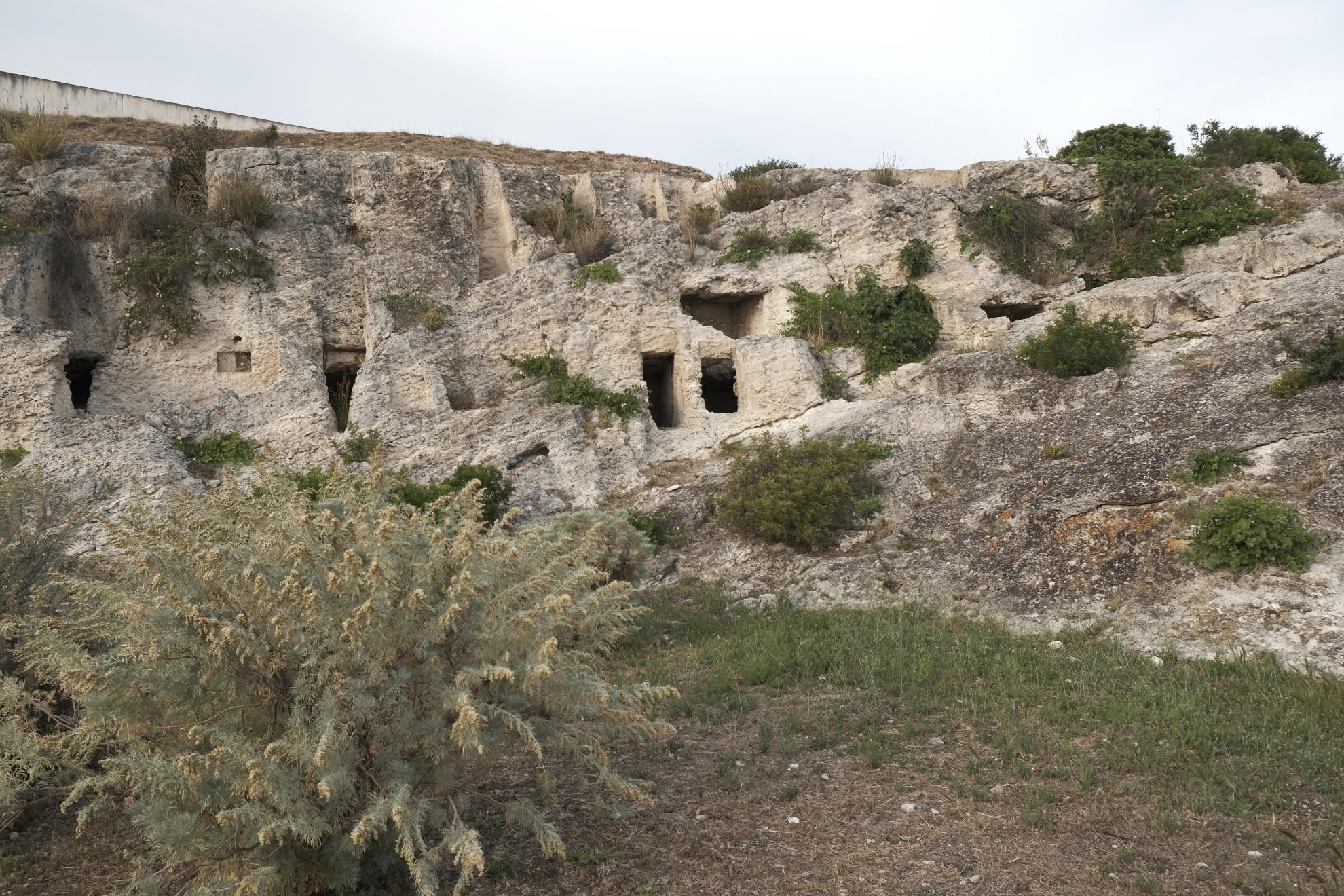
Next to the objects belonging to the dead person, we find apotropaic and auspicious symbologies, considered useful to accompany the person on his otherworldly journey, just as happened – for instance - in the Etruscan necropolis of Tarquinia and Cerveteri. Just like in the tombs of ancient Tuscia, also in Tuvixeddu we find walls decorated with floral, mythological or geometric motifs. This is the case of the Tomb of the Sid, where the Sardinian-Punic divinity with this name is represented; or the Tomb of the Ureus, portraying the winged cobra dear to the Egyptian religious tradition.
In addition to the testimonies of the Punic era, there are the Roman ones. In the Republican age, in fact, the necropolis was enlarged and enriched with other kinds of tombs. Tombs for cremation or ditches, chambers, arcosolium, similar to those of the catacombs.
Ph. Carolina Fragapane
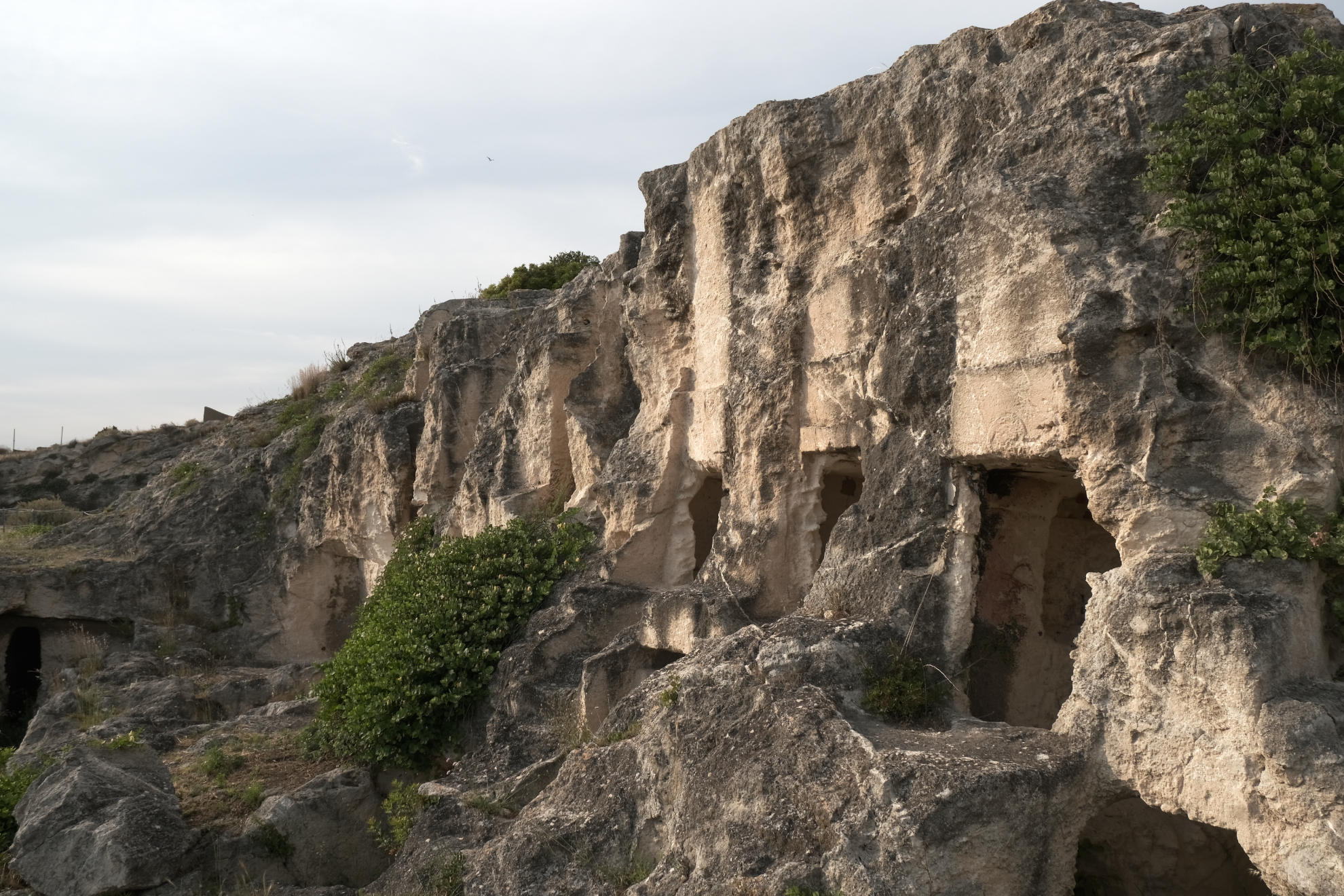
Yet another demonstration of how important this corner of the Mediterranean basin was in residential and strategic terms. Which, unfortunately, experienced a long period of decline during the Middle Ages. The hill, rich in limestone, followed the fate of many Roman and pre-Roman buildings and became a quarry from which to obtain materials for public and private buildings.
A “tradition” that continued until the 1980s, when the hill was still used as a quarry for concrete. We have to wait until the year 2000 because Tuvixeddu, recognized as an Archeological and Naturalistic Park, was returned to the public, who could thus begin to admire all its stratifications. A piece of Sardinian history that through more than three millennia places us back to our origins.
